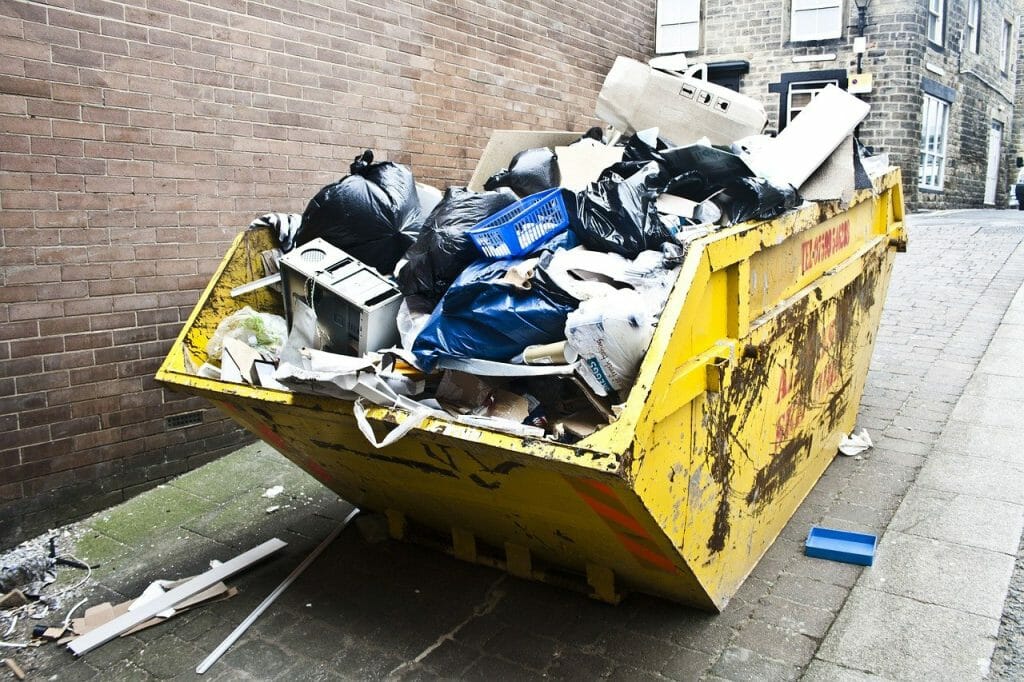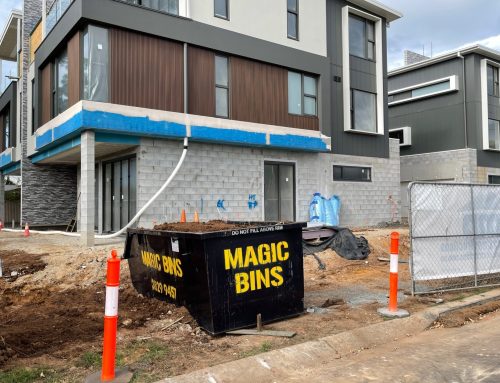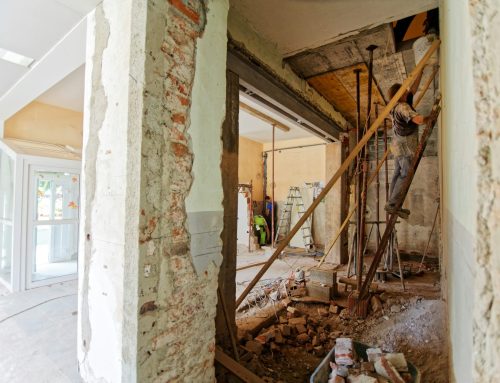Skip bins are a popular waste management solution for both residential and commercial purposes, and it’s what we specialise in here at Magic Bins. Skips provide a convenient and efficient way to dispose of large quantities of waste materials. However, the process of emptying a skip bin and the rules and regulations surrounding their use is not widely understood. There are lots of misconceptions and incorrect information out there as well. If you want to learn more about how it all works and the logistics behind skip hire and waste management, you’re in the right place. You can find out about all of that and more right here, so read on.
Key Takeaways
| Topic | Summary |
|---|---|
| Skip Bins Overview | Skips are efficient for disposing of large quantities of waste for both residential and commercial purposes. |
| Emptying a Skip | Specialised trucks (skip loader trucks) use hydraulic arms to lift and transport skip bins to disposal sites. |
| Skip Sorting | Contents are generally sorted at waste disposal sites, though some sorting may occur on-site, especially in construction. |
| Prohibited Items | Hazardous waste, chemicals, batteries, tyres, and medical waste should not be disposed of in skip bins. |
| Proper Loading | Place heavier items at the bottom, break down bulky items, avoid overfilling, and keep different waste types separated. |
| Magic Bins Services | Magic Bins provides skip bins of various sizes and ensures compliance with waste management regulations. |
How do they empty a skip?
Waste management businesses use specialised trucks called skip loader trucks to empty skip bins. The effective loading, transportation, and unloading of skip bins is made possible by these trucks’ hydraulic arm and hook. This ensures these very heavy items can be maneuvered safely and efficiently.
The driver positions the skip loader truck next to the skip bin to start the emptying process. The truck’s hydraulic arm is then extended in the direction of the bin, where the hook is fastened to the skip bin. The truck’s hydraulic arm raises the skip bin, and it is then fixed in position.
The skip bin is then driven to a designated waste disposal location by the skip loader truck. The truck driver tips the skip bin over at the disposal site by guiding the truck over a marked spot. The skip bin’s contents are then dumped on the ground.
After emptying the skip bin, the driver raises the truck’s hydraulic arm and takes the hook out of the skip bin. The truck then moves on to the following job after the skip bin has been correctly and safely placed. That’s the process of emptying a skip from start to finish.
Do skips get sorted?
When it comes to skip bins, one frequently asked question is whether the contents are sorted. The waste management company determines the response to this matter. The type of waste being handled and the policies of the company in question will dictate what happens with the waste and how it’s sorted.
Skip bins are typically not sorted after they are collected. Instead, the skip bin’s contents are transported to a waste disposal site where they are processed and sorted. Whether the waste is recycled, composted, or dumped in a landfill, the waste management company is in charge of disposing of it in an eco-friendly way.
Skip bins may occasionally be sorted before being disposed of. On construction sites, where certain waste types, like metal, wood, and concrete, may be separated and recycled, this is frequently the case for skip bins.

What Cannot be thrown in a skip?
There are some things that cannot be thrown in a skip bin, despite the fact that they are a convenient way to get rid of a variety of waste. Hazardous waste, chemicals, batteries, tyres, and medical waste are some of these items. These are other methods through which that kind of waste can be disposed of.
Any waste product that endangers the environment or human health is referred to as hazardous waste. Chemicals, solvents, pesticides, and other hazardous substances can be included in this. These things need to be thrown away in accordance with local laws and regulations.
Tires and batteries should also not be thrown away in a skip bin because improper disposal of these items can harm the environment. For the disposal of these items, the majority of waste management companies have specific processes in place.
Needles and syringes used for medical purposes should not be disposed of in a skip bin. To stop the spread of disease, these items require special handling and disposal techniques. Medical facilities can help you access the proper disposal vessels for that kind of waste if you require it.
When using a skip bin, it’s crucial to confirm with your neighbourhood waste management company that you are adhering to the proper guidelines and regulations. These might differ from location to location, so it’s a good idea to double-check and seek clarity on this issue.
What is the best way to load a skip?
There are a few best practices for loading a skip bin that can help to guarantee the bin’s safe and effective use. It’s important to be aware of that and not make mistakes that could lead to problems or even injuries later on.
Starting at the bottom of the skip bin will help distribute the weight evenly because heavier and larger items will go there first. Break large pieces of bulky waste, like furniture or tree branches, into smaller ones to conserve space. It will also prevent the skip bin from being overfilled.
Avoid overfilling the skip bin to prevent difficulties with transportation and possible additional costs. If the skip bin is overfilled, the waste management company might also decline to pick it up because it could endanger other road users.
To make sure they can be disposed of properly, it is important to keep different types of waste separated when disposing of them, such as green waste and construction debris. Mixing different waste types together can make it more difficult to recycle or properly dispose of the waste and may even cost more money. The skip bin can be used efficiently and sustainably if the waste is separated and loaded properly.
If you are in need of a skip bin for your next project, consider hiring our team here at Magic Bins to provide you with the right size bin and assist you in adhering to the rules and regulations of skip bin usage. By hiring a professional skip hire company, you can ensure that your waste materials are handled safely and responsibly.
Get in touch with us right away to discuss your needs for a skip bin and to take advantage of our dependable and effective skip hire services. We can all work together to make waste management more sustainable.





Leave A Comment